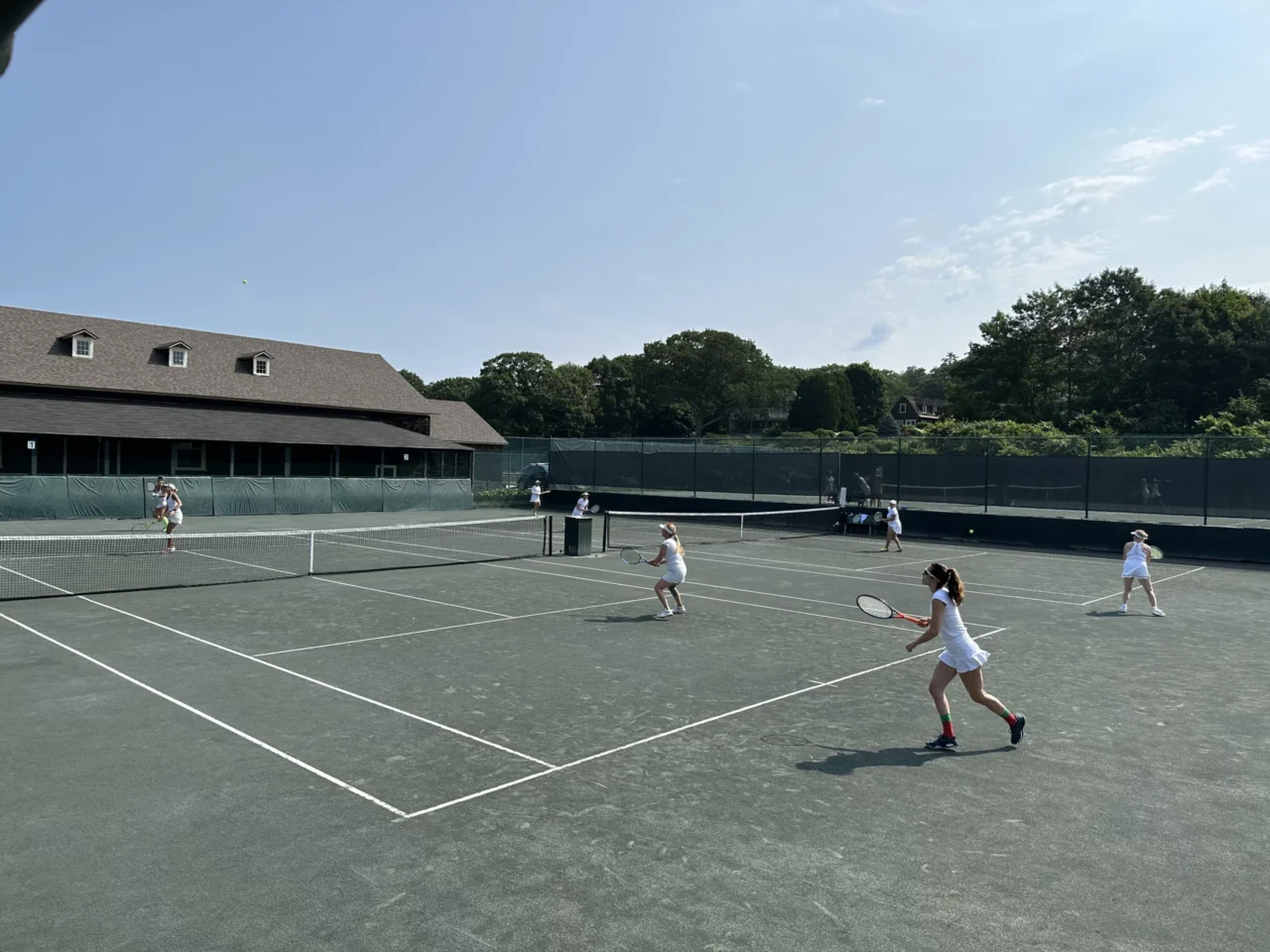As the world grappled with the challenges imposed by the COVID-19 pandemic, people sought solace and escape in various forms. For many in the United States, tennis emerged as a beacon of hope and resilience during uncertain times. The sport experienced a notable resurgence in popularity, attracting both seasoned enthusiasts and newcomers alike. In this article, we explore the factors contributing to the rise of tennis during the COVID-19 era and the lasting impact it has had on the sport’s landscape in the United States.
- Safe Outdoor Activity: Amidst social distancing guidelines and restrictions on indoor gatherings, outdoor activities gained newfound appreciation as safer alternatives for recreation. Tennis, with its inherent social distancing protocols and minimal physical contact, emerged as an ideal sport for individuals seeking exercise and entertainment while adhering to public health guidelines. Tennis courts provided a space where people could engage in physical activity, enjoy fresh air, and maintain a safe distance from others, fostering a sense of normalcy during unprecedented times.
- Accessibility and Affordability: Unlike many indoor sports facilities that faced closures or capacity limitations, outdoor tennis courts remained accessible to the public throughout the pandemic. This accessibility, coupled with the relatively low cost of entry compared to other recreational activities, made tennis an attractive option for individuals of all ages and socioeconomic backgrounds. Public parks, community centers, and schools with tennis facilities saw increased utilization as people rediscovered the joy of playing the sport in their local neighborhoods.
- Solo and Family-friendly: Tennis’s versatility as both a solo and doubles sport appealed to individuals and families alike seeking safe ways to stay active. Singles matches allowed players to engage in competitive play while maintaining distance from their opponents, while doubles matches provided an opportunity for household members or close contacts to enjoy recreational tennis together. Families embraced tennis as a wholesome activity that promoted bonding, healthy competition, and outdoor recreation, fostering a sense of unity and resilience amidst the challenges of the pandemic.
- Rise of Online Resources: With in-person instruction and group lessons disrupted by lockdowns and social distancing measures, the demand for online tennis resources surged. Tennis enthusiasts turned to virtual platforms, instructional videos, and online coaching services to improve their skills, stay connected with the tennis community, and continue their tennis journey from the comfort of their homes. Online tournaments, virtual coaching sessions, and interactive forums provided avenues for players to stay engaged and motivated, even in the absence of traditional in-person events.
- Long-term Impact on Participation: The resurgence of tennis during the COVID-19 pandemic has left a lasting impact on the sport’s popularity and participation rates in the United States. As communities gradually reopen and return to pre-pandemic activities, tennis remains a favored pastime for individuals seeking a healthy outlet for physical activity, social interaction, and personal growth. The increased visibility and accessibility of tennis facilities, coupled with the sport’s inherent adaptability to changing circumstances, position tennis for continued growth and success in the post-pandemic era.
The COVID-19 pandemic sparked a renaissance in the world of tennis, elevating the sport to new heights of popularity and relevance in the United States. As a safe outdoor activity that promotes physical fitness, social engagement, and personal well-being, tennis has proven to be a source of resilience and inspiration during challenging times. Looking ahead, the lessons learned and experiences gained from the pandemic serve as a testament to tennis’s enduring appeal and its capacity to unite and uplift communities in times of adversity.




